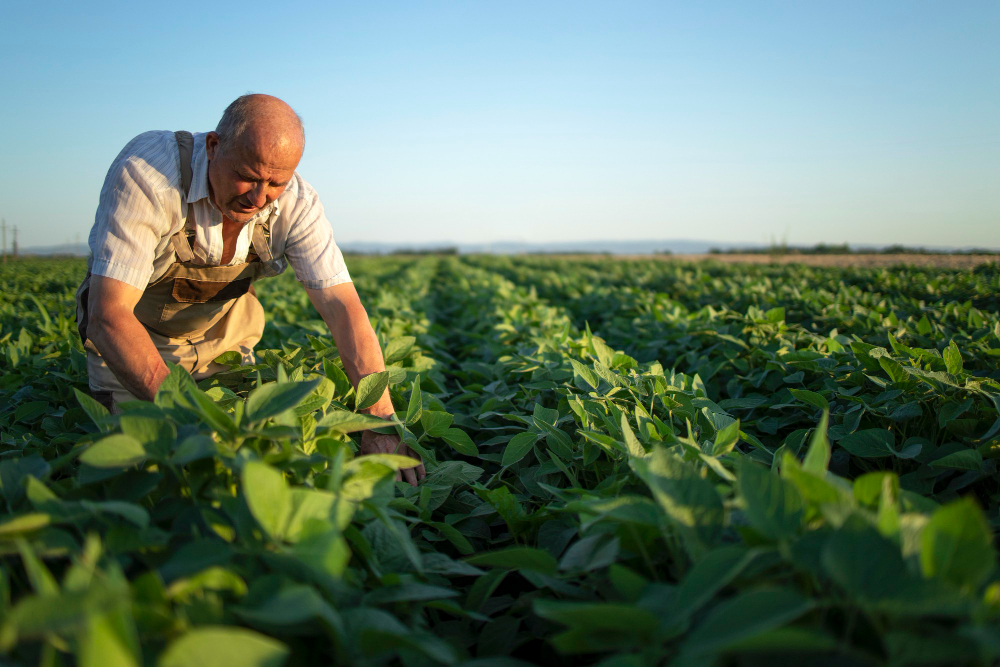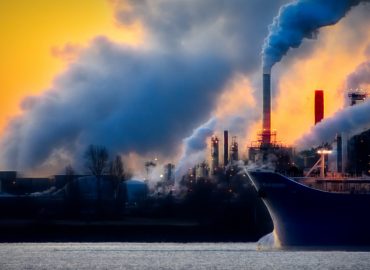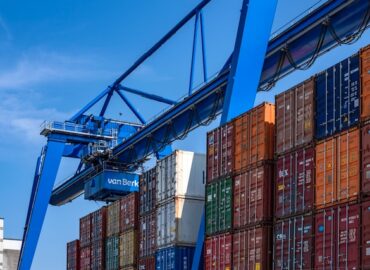Farmers, ranchers and forest landowners experience climate change by way of fluctuating weather patterns. Furthermore, they face increased risks from extreme events such as drought, floods and wildfires.
Climate change’s effect on agricultural production depends on whether its rising temperatures fall within or outside a crop’s optimal range; to accurately evaluate this issue, several indicators

have been developed as tools.
Increased Temperature
Farming operations ideally adapt their operations to their local climate conditions; with climate change altering this environment, however, it becomes harder for farmers to increase crop yields while simultaneously maintaining or even maintaining current yield levels.
Warmer atmospheres hold more water vapor, leading to increased rainfall events which can damage crops and cause flooding. Reduced snowfall can reduce stream flow, decrease irrigation water requirements and put additional strain on groundwater reserves.
Warmer weather may expand where certain crops can be grown and allow farmers to switch species that thrive in such environments, but any gains may be offset by water stress, increased pest pressure and shorter growing seasons – all of which have detrimental effects on a farmer’s profitability and competitiveness.
Drought
Drought can wreak havoc on crops like wheat, corn and soybeans by decreasing yields and water supplies that support agriculture as well as human consumption. Furthermore, it could alter food sources available to millions due to reduced supplies supporting agriculture and human needs.
Drought can damage crops as well as their transportation system in the form of transportation routes such as Mississippi River watershed in the US which serves as a primary route for many types of agricultural products.
Increased temperatures, longer growing seasons, shifted precipitation patterns and the greater frequency of extreme weather events from climate change will present farming with both challenges and opportunities. Tree fruit crops may experience variable frost dates and flowering periods while warmer winters mean reduced snowpack – providing essential cold-water resources and habitat for fish populations.
Floods
Climate change is increasing temperatures, shifting seasons, and altering rainfall patterns, leading to floods, droughts, extreme heat waves and more frequent and severe natural disasters. Farmers who rely on their land as an income and to provide for their families suffer due to these disruptions in production flow.
Gradual increases in temperature and CO2 can help crops flourish by stimulating photosynthesis and optimizing water use efficiency, but once temperatures surpass their optimum range yields can diminish quickly.
As our climate warms and becomes wetter, weeds, insects and fungi will also thrive, necessitating more expensive inputs like fertilizers to compensate for reduced crop output – an issue particularly concerning poor farmers who can least afford such expenses.
Increased Pest Infestations
Losses to crops caused by insects have become an increasing threat. A 2018 study conducted by researchers demonstrated this fact by showing how insect activity increases with temperature in temperate regions where most world crops are grown; and is responsible for an estimated 50% of global losses to corn, wheat and rice crops.
Temperature has an effect on insects’ metabolism and reproduction, which in turn impacts population size. Furthermore, insects can migrate into new regions without natural enemies to further exacerbate damage potential.
Droughts and warmer summer temperatures may place livestock under great stress. Over time, heat stress may reduce milk production while increasing disease vulnerability – potentially leaving farmers who rely on livestock for income more dependent upon government programs for support.
Increased Fertilizer Use
As part of its aim to limit global temperature increases in the future, industry has placed increasing focus on agriculture to decrease emissions and greenhouse gases released. Agriculture produces large amounts of carbon dioxide and nitrous oxide emissions that are converted to greenhouse gases by soil micro-organisms into climate changing greenhouse gasses that threaten water resources and further exacerbate climate change.
Climate change’s impacts on agriculture could also alter transportation and storage systems for food, limiting availability and increasing prices. For instance, in the US the Mississippi River serves as an essential transcontinental shipping route, and summer heat waves could jeopardise this vital supply chain link.
Climate change’s impacts on agriculture will have far-reaching ramifications, with particular impact felt by smallholder farmers who rely on specific climate conditions and natural resources for their livelihoods. They include both large-scale commercial farms that operate over thousands of hectares or acres as well as those operating from just a few acres or even less land.
Environmental Impact of the Fashion Industry
Few industries boast more enthusiastically of their environmental credentials than fashion, yet despite efforts at innovation, it fails to significantly decrease its environmental footprint.
Clothing is thrown away every day, yet only a fraction gets reused or recycled. Most end up in landfills where decomposition may take hundreds of years.

Water
The clothing industry consumes vast quantities of water and produces vast quantities of wastewater, both of which contribute significantly to environmental pollution. Dyes used for dying fabric production or other purposes use large volumes of this resource which causes significant pollution; wastewater released into rivers or lakes contributes to eutrophication as well as negatively impacting human health.
An additional issue stems from the use of pesticides to produce cotton textiles for textile production, which endangers farmers and their families, while its chemical runoff contaminates water bodies near farms, damaging ecosystems and even making water systems unsuitable for human use.
The clothing industry must make substantial changes, such as using more sustainable materials, designing clothes with eco-friendlier features that make them reusable and recyclable, encouraging consumers to buy less clothing but wear it longer (slow fashion) and changing consumer behavior. Furthermore, rules must be revised by pricing negative externalities (carbon taxes or water levies) in order to encourage innovation and accelerate renewable energy adoption.
Chemicals
Fashion industry manufacturers consume vast quantities of chemicals. Their manufacturing processes employ hundreds of substances that don’t appear on labels and many can be toxic to the environment and health hazards for workers within it. Chemicals used to waterproof clothing such as PFAS can take decades or even centuries to break down in the environment and may contribute to cancer or infertility risks in humans.
Chemical use in textile production also threatens biodiversity. For instance, conventional cotton farming involves using pesticides which contaminate drinkable water while also posing risks to farmers and consumers alike.
Fashion industry supply chains and international sales make it difficult to monitor chemical use in factories, but you can reduce garment production’s exposure to toxic substances by choosing organic cotton, recycling fabrics and designing clothes with multiple uses in mind.
Waste
Clothing production requires vast amounts of water. An estimated 200 tons of freshwater are required to dye one ton of fabric, and its toxic waste often ends up dumped directly into rivers – polluting their waters, killing aquatic life, and creating health risks for those living near riverbanks. Chemicals used during cotton production also pollute water bodies by way of eutrophication which over-fertilises freshwater bodies.
Clothing production at record speeds combined with pressure for unrelenting growth at lower prices has produced massive amounts of waste, estimated to account for 35% of microplastics that pollute our oceans from laundering synthetic textiles. While no need to stop producing clothing altogether, consumption needs to be decreased through accessible life cycle impact data for all materials and stages used during garment production so designers and consumers alike can make responsible environmental choices when making purchasing decisions.
Energy
Fashion can contribute significantly to greenhouse gas emissions, especially since most fabrics made of synthetic materials such as polyester require large amounts of fossil fuels for production, emitting harmful particulate matter and acids such as hydrogen chloride into the atmosphere, polluting water sources and damaging ecosystems.
Cotton, which is found in many fast fashion items, requires extensive water use in cultivation and heating processes, along with the use of pesticides that present health risks to farmers and their families.
Transport of clothing waste between factories located in different nations poses an environmental hazard, with wastewater discharged into rivers and oceans where it harms marine life. Furthermore, washing clothes releases microplastics into the environment which are eaten up by fish and animals that then lead to serious illness or even death; this problem is further compounded in developing nations where many garment workers are women or children earning very low wages.





